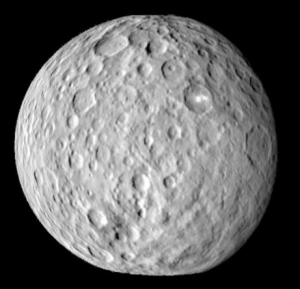Lerner illegally provided Democrats with confidential tax information
Working for the Democratic Party: Newly released emails now prove that Lois Lerner not only illegally provided confidential tax information to Congressman Elijah Cummings (D-Maryland), her harassment of conservatives was apparently coordinated with the Congressman’s office.
In addition, Cummings had denied these facts publicly and privately to the House as he tried to shut its investigation down prematurely.
“These documents, indicating involvement of IRS officials at the center of the targeting scandal responding to your requests, raise serious questions about your actions and motivations for trying to bring this investigation to a premature end. If the Committee, as you publicly suggested in June 2013,’wrap[ped] this case up and moved on’ at that time, the Committee may have never seen documents raising questions about your possible coordination with the IRS in communications that excluded the Committee Majority,” [states] the letter sent by [Chairman of the House Oversight Committee Darrell Issa and the chairmen of five congressional subcommittee chairmen].
“As the Committee continues to investigate the IRS’s wrongdoing and to gather all relevant testimonial and documentary evidence, the American people deserve to know the full truth. They deserve to know why the Ranking Member and Minority staff of the House Committee on Oversight and Government Reform surreptitiously contacted the IRS about an individual organization without informing the Majority Staff and even failed to disclose the contact after it became an issue during a subcommittee proceeding…We ask that you explain the full extent of you and your staff’s communications with the IRS and why you chose to keep communications with the IRS from Majority Members and staff even after it became a subject of controversy.”
It must be made clear here what happened: Cummings’ office contacted Lerner at the IRS about a specific conservative organization, demanding confidential tax information about it and that it be targeted for investigation by the IRS. Lois Lerner immediately complied. And his office did it not because of any illegal act by this conservative organization but because that organization was successfully uncovering voter fraud that helped Democrats get elected.
How does this make you feel? Criticize a Congressman and he has the power to send the IRS after you.
Working for the Democratic Party: Newly released emails now prove that Lois Lerner not only illegally provided confidential tax information to Congressman Elijah Cummings (D-Maryland), her harassment of conservatives was apparently coordinated with the Congressman’s office.
In addition, Cummings had denied these facts publicly and privately to the House as he tried to shut its investigation down prematurely.
“These documents, indicating involvement of IRS officials at the center of the targeting scandal responding to your requests, raise serious questions about your actions and motivations for trying to bring this investigation to a premature end. If the Committee, as you publicly suggested in June 2013,’wrap[ped] this case up and moved on’ at that time, the Committee may have never seen documents raising questions about your possible coordination with the IRS in communications that excluded the Committee Majority,” [states] the letter sent by [Chairman of the House Oversight Committee Darrell Issa and the chairmen of five congressional subcommittee chairmen].
“As the Committee continues to investigate the IRS’s wrongdoing and to gather all relevant testimonial and documentary evidence, the American people deserve to know the full truth. They deserve to know why the Ranking Member and Minority staff of the House Committee on Oversight and Government Reform surreptitiously contacted the IRS about an individual organization without informing the Majority Staff and even failed to disclose the contact after it became an issue during a subcommittee proceeding…We ask that you explain the full extent of you and your staff’s communications with the IRS and why you chose to keep communications with the IRS from Majority Members and staff even after it became a subject of controversy.”
It must be made clear here what happened: Cummings’ office contacted Lerner at the IRS about a specific conservative organization, demanding confidential tax information about it and that it be targeted for investigation by the IRS. Lois Lerner immediately complied. And his office did it not because of any illegal act by this conservative organization but because that organization was successfully uncovering voter fraud that helped Democrats get elected.
How does this make you feel? Criticize a Congressman and he has the power to send the IRS after you.


